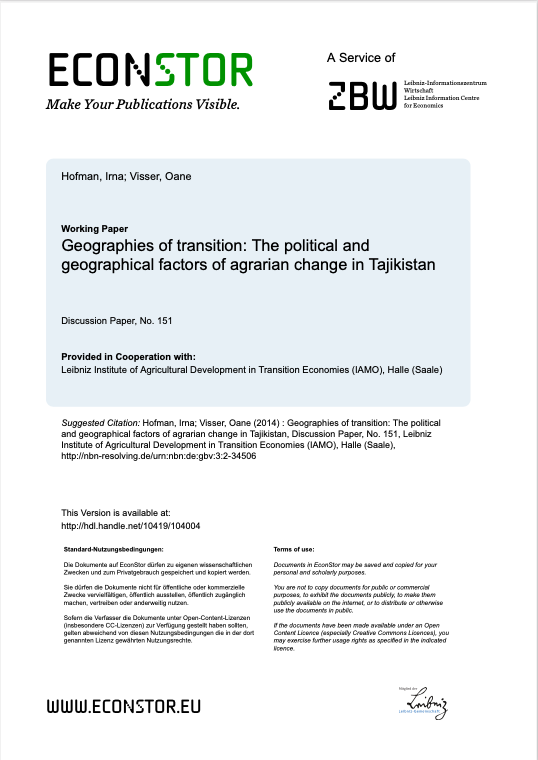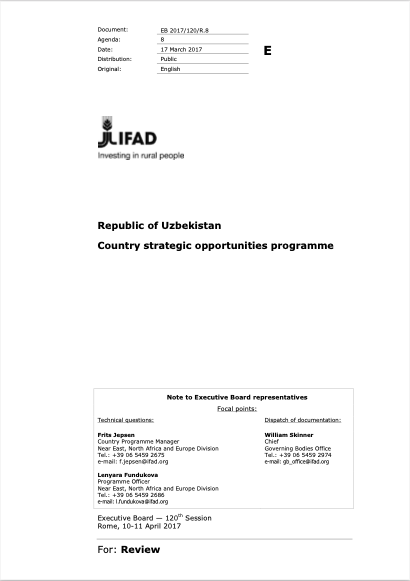Scale-appropriate mechanization impacts on productivity among smallholders: Evidence from rice systems in the mid-hills of Nepal
Smallholder farmers in the mid-hills of Nepal are facing an acute labor shortage due to out-migration which, in general, has affected the capacity to achieve timely crop establishment, harvest, and inter-cultural operations. These effects are more visible in the case of labor-intensive crops such as rice and promoting higher levels of rural mechanization has emerged as the primary policy response option. Nevertheless, quantitative evidence for the ability of mechanization to offset the adverse effects of shortages increasing labor prices in these systems is largely absent.











